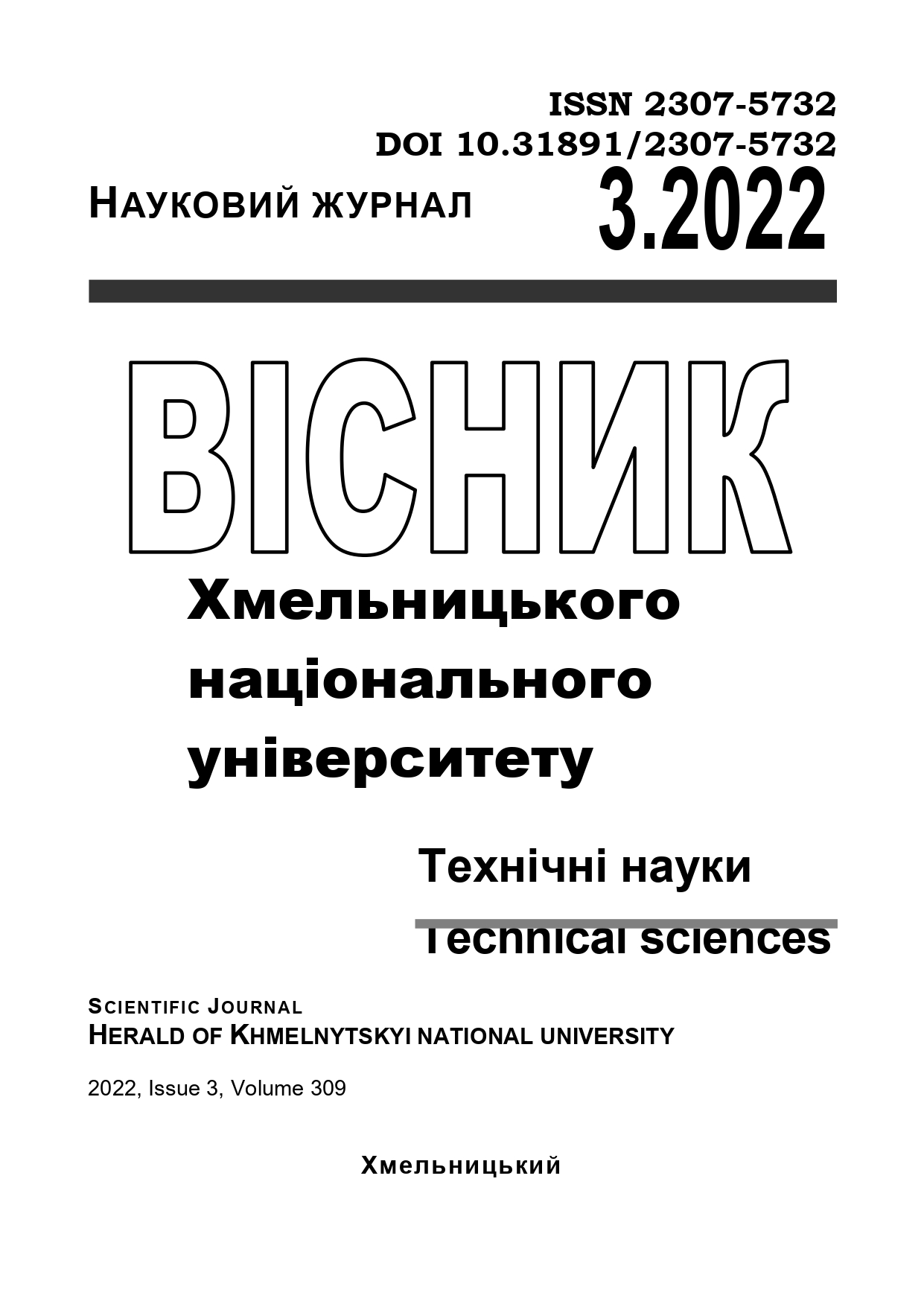DISCRETE-TIME CONDITIONAL LINEAR RANDOM PROCESSES AND THEIR PROPERTIES
DOI:
https://doi.org/10.31891/2307-5732-2022-309-3-7-12Keywords:
mathematical model, conditional linear random process, mathematical expectation, covariance function, kernel, white noise, stationary processAbstract
Continuous-time conditional linear random process is represented as a stochastic integral of a random kernel driven by a process with independent increments. Such processes are used in the problems of mathematical modelling, computer simulation, and processing of stochastic signals, the physical nature of which generates them to be represented as the sum of many random impulses that occur at Poisson moments. Impulses are stochastically dependent functions, in contrast to another well-known mathematical model which is a linear random process, that has a similar structure but is represented as the sum of a large amount of independent random impulses that occur at Poisson moments of time. The application areas of these models are mathematical modelling, computer simulation, and processing of electroencephalographic signals, cardio signals, resource consumption processes (such as electricity consumption, water consumption, gas consumption), radar signals, etc.
A discrete-time conditional linear random process has been defined in the paper, the relationships with corresponding continuous-time model has been shown. According to the given definition the discrete-time conditional linear random process can be considered as an output of linear digital filter with random parameters on the input of the white noise which is infinitely divisible distributed. Moment functions of first and second order have been analyzed. In particular, the expressions for mathematical expectation, variance and covariance function have been obtained.
The results can be utilized to study the probabilistic characteristics of the investigated information stochastic signals, which will depend on the properties of the corresponding kernel and white noise. In particular, the conditions for the process to be wide-sense stationary have been represented.
Downloads
Published
Issue
Section
License
Copyright (c) 2022 М. ФРИЗ, Б. МЛИНКО (Автор)

This work is licensed under a Creative Commons Attribution 4.0 International License.

